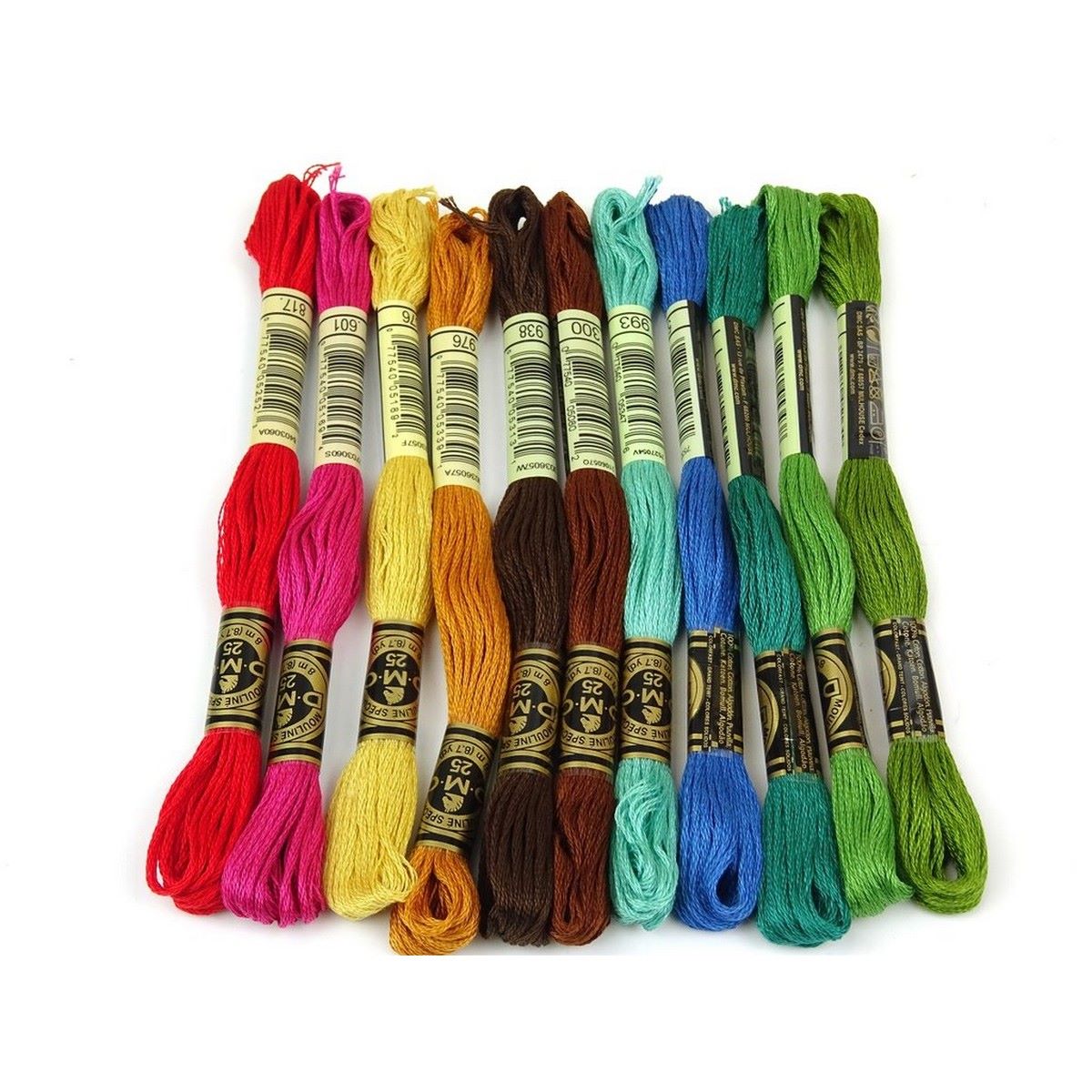

Articles
How To Store Thread
Modified: February 26, 2024
Learn how to properly store articles and keep your thread organized and tangle-free. Discover effective tips and techniques for maintaining your sewing supplies.
(Many of the links in this article redirect to a specific reviewed product. Your purchase of these products through affiliate links helps to generate commission for Storables.com, at no extra cost. Learn more)
Introduction
Welcome to our comprehensive guide on how to store thread! Whether you’re a seasoned seamstress or just getting started in the world of sewing, proper thread storage is essential to keep your supplies in optimal condition. By following these tips and guidelines, you can ensure that your thread remains strong, vibrant, and tangle-free for all of your future sewing projects.
Choosing the right storage container is the first step in preserving your thread. You’ll want to select a container that is specifically designed for thread storage, such as a thread box or a thread organizer. These containers typically have individual compartments or spool holders that keep each spool separate and prevent tangling.
Before placing your thread in the storage container, it’s important to prepare it properly. Start by trimming any loose threads or excess lengths that might cause snags or knots. You can also use a small piece of tape to secure the loose end of the thread to the spool, preventing it from unraveling during storage.
Moisture and humidity can be detrimental to the quality of your thread. Excess moisture can cause thread to become brittle or moldy, rendering it unusable. Therefore, it’s crucial to store your thread in a dry environment. Avoid storing thread in areas with high humidity, such as basements or bathrooms. Instead, choose a cool and dry location, such as a closet or a drawer, to safeguard your thread from moisture.
Another element to consider when storing thread is protecting it from direct sunlight. Prolonged exposure to sunlight can cause the colors to fade and weaken the thread fibers. Opt for a storage location away from windows or skylights, or use opaque storage containers that shield the thread from harmful UV rays.
Pests and insects can also pose a threat to the integrity of your thread. Moths and silverfish are particularly attracted to natural fibers like cotton or silk threads. To prevent infestations, store your thread in airtight containers or use zip-top bags to seal them tightly. Adding natural pest repellents, such as lavender sachets or cedar chips, can also help deter these unwanted visitors.
Keeping your thread organized and properly labeled will make it easier to find and use in your future projects. Consider using color-coded labels or dividers to categorize your thread by color or type. This will save you time and effort when searching for the perfect thread for your sewing needs.
An often overlooked aspect of thread storage is the importance of maintaining a temperature-controlled environment. Extreme temperatures can adversely affect the quality of your thread, causing it to become brittle or discolored. Avoid storing thread in areas that are prone to temperature fluctuations, such as attics or garages. Instead, opt for a temperature-controlled room in your home to ensure the longevity of your thread.
Lastly, it’s important to consider the different storage requirements for different seasons. During the winter months, it’s advisable to store thread away from any drafts or sources of dry heat, as this can cause the thread to become static and difficult to work with. In the summer, it’s essential to keep your thread away from excessive heat and humidity, as these conditions can lead to moisture damage or mold growth.
By following these guidelines, you can effectively store your thread and preserve its quality for years to come. Remember, proper thread storage is not only essential for the longevity of your supplies, but it also ensures that your sewing projects turn out beautifully every time. Happy sewing!
Key Takeaways:
- Proper thread storage involves choosing the right container, preparing thread for storage, and protecting it from moisture, sunlight, pests, and temperature fluctuations. Organizing and labeling storage containers is key for easy access and efficient usage.
- Storing thread in different seasons requires attention to temperature, humidity, and environmental changes. Regular inspection, rotation, and maintaining an inventory of your thread collection are essential for preserving thread quality and usability.
Read more: How To Store Spools Of Thread
Choosing the right storage container
When it comes to storing your thread, choosing the right storage container is crucial. The right container will not only keep your thread organized and easily accessible but also protect it from tangles, dust, and other potential damage. Here are some factors to consider when selecting a storage container for your thread:
Thread Box: A thread box is specifically designed to store spools of thread. It usually features individual compartments or spool holders that keep each spool separate and prevent them from tangling. Thread boxes come in various sizes, from small boxes that can hold a few spools to large ones that can accommodate a vast thread collection. Look for a thread box with a sturdy construction and a lid that securely closes to protect your thread from dust and moisture.
Thread Organizer: Similar to a thread box, a thread organizer is a practical choice for storing your thread. It often has multiple compartments or trays that allow you to neatly arrange your spools. Some thread organizers also have adjustable dividers, allowing you to customize the compartments according to your needs. Look for a durable and transparent organizer, as it will make it easier to see and access your thread collection.
Thread Rack: If you have a large thread collection or want to display your spools for easy access, a thread rack can be a great option. A thread rack typically features horizontal or vertical pegs that hold the spools. It allows you to organize your thread by color, making it visually appealing and convenient. Look for a sturdy thread rack that can securely hold the weight of your spools, and ensure that it is placed in a stable location.
Zip-Top Bags: For those who prefer a more budget-friendly option or need a portable storage solution, zip-top bags can be a practical choice. Choose bags that are made of sturdy material and have sturdy seals to prevent any accidental spills. You can store multiple spools in each bag, making it easy to group your thread by color or type. Be sure to label the bags to easily identify the contents inside.
Clear Plastic Containers: Clear plastic containers with multiple compartments are another option for thread storage. They provide a clear view of your thread collection and allow you to sort and organize your spools efficiently. Look for containers with adjustable dividers, so you can customize the compartments to fit different sizes of spools. Opt for containers made of durable plastic that can withstand potential impacts and keep your thread safe.
When choosing a storage container, consider the size of your thread collection and the space available for storage. It’s important to select a container that can accommodate your current collection size, as well as any potential future additions. Additionally, ensure that the storage container provides adequate protection from dust, moisture, and sunlight to keep your thread in optimal condition.
By choosing the right storage container for your thread, you can keep your collection organized, easily accessible, and well-protected. With a well-maintained storage system, you’ll be ready to embark on your sewing projects without the hassle of untangling thread or searching for the perfect color. Happy sewing!
Preparing your thread for storage
Properly preparing your thread for storage is essential to ensure its longevity and usability. Taking a few simple steps before storing your thread will help prevent tangles, maintain thread integrity, and protect it from potential damage. Here are some tips for preparing your thread for storage:
Trim loose threads: Before placing your thread in storage, inspect each spool and trim any loose threads or excess lengths. These stray threads can easily tangle with other threads, leading to frustration and wasted time when you need them for your sewing projects. Use a small pair of scissors or thread snips to trim the loose ends close to the spool, ensuring a neat and tidy appearance.
Secure loose ends: To prevent unraveling during storage, it’s a good idea to secure the loose end of the thread to the spool. You can do this by gently winding a small piece of tape around the spool, making sure to secure the thread in place. This method not only prevents tangling but also makes it easier to access the end of the thread when you’re ready to use it.
Group and organize by type: If you have multiple types and colors of thread, it’s helpful to group and organize them before storing. Separate your threads by type (e.g., cotton, polyester, silk) and color for easy accessibility in the future. Grouping them also allows you to quickly assess your inventory and purchase new thread when needed.
Consider spool storage: In addition to considering how to store your thread, also consider how to store your spools. If your thread is wound on loose spools or bobbin-like spools, it’s a good idea to keep them together and organized. You can use small plastic bags, small boxes, or a specialized spool holder to keep these smaller spools secure and prevent them from rolling around or getting lost.
Label your storage containers: To easily identify the content of your storage containers, label them accordingly. Use adhesive labels, sticky notes, or a marker to indicate the type of thread, color, or any other relevant information. This labeling system will save you time and effort when searching for the specific thread you need for a project.
Keep track of thread expiration: It’s important to be mindful of the shelf life of different types of thread. Over time, thread can become weakened, discolored, or lose its integrity. Check the expiration date or recommended lifespan of your thread, if available. If you have thread that has passed its expiration date or shows signs of deterioration, it may be time to replace it.
By taking the time to prepare your thread for storage, you can prevent tangles, maintain thread quality, and have a hassle-free experience when you’re ready to use it again. Properly prepared and organized thread will enable you to focus on your sewing projects without the frustration of dealing with knots and damaged threads. Happy storing!
Avoiding moisture and humidity
Moisture and humidity can have detrimental effects on the quality of your thread. Excess moisture can cause thread to become brittle, moldy, or prone to tangling, making it difficult to work with. To ensure long-lasting and usable thread, it’s important to store it in a dry environment and take steps to avoid moisture and humidity. Here are some tips for keeping your thread safe from the damaging effects of moisture:
Choose a dry storage area: When selecting a location to store your thread, opt for an area that is dry and away from sources of moisture. Avoid storing your thread in basements, bathrooms, or any other areas prone to dampness. These areas tend to have higher humidity levels, which can lead to moisture absorption by the thread. Instead, choose a cool and dry location, such as a closet or a drawer.
Use desiccants: Desiccants are substances that absorb moisture from the surrounding environment. Placing a few desiccant packets or silica gel packs in your thread storage containers can help absorb any moisture and maintain a dry environment. These packets are commonly found in packaging materials and are readily available for purchase. Just be sure to replace them periodically as they become saturated with moisture.
Avoid plastic bags: While plastic bags may seem like a convenient storage option, they can actually trap moisture and promote the growth of mold and mildew. Moisture can accumulate inside the bags, especially in humid climates, leading to damage to your thread. Instead, opt for storage containers that are made of a breathable material or have ventilation holes to allow for proper airflow.
Consider a dehumidifier: If you live in an area with consistently high humidity levels, investing in a dehumidifier for your sewing room or storage area can help regulate moisture levels. A dehumidifier removes excess moisture from the air, creating a drier environment that is ideal for preserving the quality of your thread. This is especially important if you live in a tropical or humid climate.
Monitor moisture levels: To ensure that your storage area remains dry, consider using a humidity monitor. These devices can measure the humidity levels in the air and alert you if they exceed a certain threshold. By keeping an eye on the moisture levels, you can take proactive measures, such as using a dehumidifier or adjusting the storage location, to maintain an optimal environment for your thread.
Avoid storing near water sources: Keep your thread storage containers away from water sources, such as sinks, washing machines, or pipes. Water leaks or splashes can easily damage your thread, leading to mold growth or weakened fibers. Store your thread in a location that is far from any potential water hazards to minimize the risk of moisture exposure.
By taking precautions to avoid moisture and humidity, you can ensure that your thread remains in excellent condition and ready to use for your sewing projects. Keeping your thread dry and free from moisture-related damage will not only prolong its lifespan but also make your sewing experience more enjoyable with tangle-free and vibrant thread. Happy sewing!
Protecting thread from direct sunlight
Direct sunlight can have a detrimental effect on the quality of your thread. Prolonged exposure to sunlight can cause the colors to fade and the thread fibers to weaken. To ensure that your thread remains vibrant and strong, it’s important to take steps to protect it from direct sunlight. Here are some tips to shield your thread from the harmful effects of sunlight:
Choose an opaque storage container: When storing your thread, opt for storage containers that are opaque or have a solid exterior. This will prevent sunlight from reaching your thread and causing fading or discoloration. Transparent or translucent containers may expose your thread to direct sunlight, accelerating the fading process.
Select a storage location away from windows: When deciding where to store your thread, avoid placing it near windows or skylights. These areas are more prone to direct sunlight exposure, especially during certain times of the day. Instead, choose a storage location that is shielded from direct sunlight, such as a closet or a drawer.
Use curtains or blinds: If you have a sewing room with windows, consider using curtains or blinds to block out the sunlight during the hours when it is strongest. This will create a darker environment within the room, reducing the amount of sunlight reaching your thread. It’ll also help maintain a consistent temperature, further protecting your thread.
Rotate storage containers: If you have a shelf or storage space that is partially exposed to sunlight, periodically rotate your storage containers to ensure equal exposure to light. By doing this, you prevent certain sections of your thread from being constantly exposed to sunlight, minimizing the risk of uneven fading.
Consider UV protection: If you have a thread collection that is particularly susceptible to fading, such as threads made of natural fibers like cotton or silk, consider investing in storage containers with built-in UV protection. These containers are designed to block out harmful UV rays, reducing the risk of fading and preserving the vibrancy of your thread.
Store in a dark closet: If possible, storing your thread in a dark closet is an excellent way to protect it from direct sunlight. Closets typically offer a cool and dark environment, shielding your thread from both sunlight and artificial light sources that may also cause fading.
Use thread sleeves or covers: To provide additional protection for your thread, consider using individual thread sleeves or covers. These can be plastic or fabric sleeves that fit over each spool or cone of thread. The sleeves or covers provide an extra layer of protection against exposure to light, keeping your thread safe and vibrant.
By taking the necessary precautions to protect your thread from direct sunlight, you can maintain its vibrant colors and strength for years to come. Shielding your thread from sunlight not only prolongs its shelf life but also ensures that it remains visually appealing for future sewing projects. Happy sewing!
Store thread in a cool, dry place away from direct sunlight to prevent fading and weakening of the fibers. Keep them in a sealed container or plastic bag to protect from dust and moisture.
Read more: How To Store Embroidery Thread
Keeping thread away from pests and insects
Pests and insects can pose a significant threat to the integrity of your thread. Moths, silverfish, and other common household pests are particularly attracted to natural fibers like cotton and silk threads. To protect your thread from these unwanted visitors and prevent potential damage, it’s important to take proactive measures to keep them away. Here are some tips for keeping your thread safe from pests and insects:
Store in airtight containers: One of the most effective ways to keep pests and insects away from your thread is to store it in airtight containers or bags. This prevents them from accessing the thread and causing damage. Choose containers with tight-fitting lids that create a seal, or use zip-top bags to store your thread securely. Ensure that there are no gaps or openings that pests can exploit.
Seal off storage containers: Check your storage containers for any cracks or openings that pests may use as entry points. Seal off these gaps using tape or silicone caulk to create a barrier. By eliminating potential entryways, you can significantly reduce the chances of pests infiltrating your thread storage.
Use natural pest repellents: Natural pest repellents can be effective in deterring insects from your thread. Sachets filled with dried lavender, cedar chips, or even dried mint leaves can help repel moths and silverfish. Place these natural repellents in your storage containers or near them to maintain a pleasant scent and ward off unwanted visitors.
Avoid storing near food sources: Keep your thread storage containers away from areas where food is stored or prepared. Food-related smells can attract pests and insects, increasing the risk of infestation. If possible, store your thread in a separate area from your kitchen or food storage to minimize the likelihood of attracting pests.
Regularly clean storage area: Pests are often attracted to dirt, crumbs, and other debris that can accumulate in your storage area. Regularly clean your thread storage area, removing any food particles or other potential attractants. This reduces the appeal of the area to pests and makes your thread storage less enticing to them.
Inspect thread for signs of infestation: Periodically inspect your thread for any signs of infestation, such as webbing or holes. If you notice any signs of pests or insects, take immediate action to address the issue. Remove the affected thread and check nearby storage containers for further signs of infestation. Consider using pest traps or consult with a pest control professional if necessary.
Keep storage area dry: Moisture can attract pests and create an environment conducive to insect infestation. Ensure that your storage area is dry and well-ventilated. Avoid storing thread in damp or humid areas, as this can increase the risk of mold and mildew growth as well. By maintaining a dry storage area, you decrease the likelihood of attracting pests.
By implementing these strategies, you can effectively keep your thread safe and secure from pests and insects. Consistent monitoring and proactive measures will help ensure the longevity and quality of your thread, allowing you to enjoy your sewing projects without the threat of infestation. Happy sewing!
Organizing and labeling your storage containers
Proper organization and labeling of your thread storage containers are essential for easy access and efficient usage of your thread collection. A well-organized system ensures that you can quickly find the specific thread you need for your sewing projects. Here are some tips for organizing and labeling your storage containers:
Categorize by color or type: Consider categorizing your thread by color or type to make it easier to locate specific threads. You can allocate separate compartments or sections within your storage containers for different colors or types of thread. For example, you could have sections for cotton threads, polyester threads, metallic threads, or sections for different shades of each color.
Use color-coded labels: Color-coded labels are a helpful visual aid for identifying different thread colors or types. Attach labels to the outside of your storage containers or on dividers within the container. Choose a color scheme that matches your thread collection or use a consistent color-coding system to represent specific thread categories. This makes it easy to quickly locate the desired thread based on color or type.
Divide and conquer: Utilize dividers within your storage containers to keep different threads organized and prevent them from tangling. Adjustable dividers allow you to customize the compartments according to the size and shape of your thread spools or cones. This helps maintain neatness and prevents threads from intertwining, making them easily accessible when you need them.
Group threads by project or use: If you have specific projects in mind or frequently use certain types of thread together, consider grouping them together in your storage containers. For example, you can have a section for embroidery threads, another for quilting threads, or even sections for threads used specifically for garment construction, home decor, or crafts. Grouping by project or use streamlines your workflow and ensures that all the necessary threads are easily accessible.
Label with additional information: In addition to color or type, you may find it helpful to include additional information on your labels. You can note the brand, thread weight, or any specific attributes of the thread, such as its sheen or stretchiness. This extra information can guide you in selecting the right thread for specific sewing techniques or projects.
Create a thread inventory list: Consider creating a separate inventory list that provides a comprehensive overview of your thread collection. Include information such as thread colors, types, and quantities. This list can be in a digital format or a physical notebook. By keeping an inventory list, you can easily reference the threads you have on hand and make informed purchasing decisions for future projects.
Regularly reorganize and declutter: As your thread collection evolves, it’s important to periodically reassess and reorganize your storage containers. Take the time to remove any threads that are no longer usable or have expired. Rearrange your storage containers to accommodate any new additions and ensure that your organization system remains efficient and easily accessible.
By implementing a well-organized system and labeling your storage containers, you can efficiently manage your thread collection and enjoy a seamless sewing experience. The ability to quickly locate the threads you need, based on color, type, or project, will save you time and allow you to focus on your creative pursuits. Happy sewing!
Storing thread in a temperature-controlled environment
The temperature at which you store your thread can have a significant impact on its quality and longevity. Extreme temperatures can cause thread to become brittle, discolored, or weakened, making it difficult to work with. To ensure that your thread remains in optimal condition, it’s important to store it in a temperature-controlled environment. Here are some tips for storing thread in a temperature-controlled setting:
Avoid extreme temperatures: Both high and low temperatures can have adverse effects on thread. Extreme heat can cause thread to become brittle and discolored, while extreme cold can make it more prone to breakage. It’s best to store your thread in a location where the temperature does not fluctuate significantly and stays within a moderate range.
Choose a cool storage location: Opt for a storage location that is cool and free from direct exposure to sunlight or sources of heat. Avoid storing thread in areas such as attics, basements, garages, or anywhere else that experience temperature extremes. Instead, select a room or closet in your home that remains relatively cool throughout the year.
Avoid storage near heat sources: Keep your thread away from heaters, radiators, or any other sources of heat. These can create localized hotspots that can damage your thread over time. Ensure that your storage area is sufficiently distant from any heat-generating appliances or heating systems to maintain a cooler and more stable environment.
Consider temperature-controlled storage solutions: If you have a large thread collection or live in an area with extreme temperature variations, you may want to consider investing in a temperature-controlled storage solution, such as a climate-controlled cabinet or container. These specialized storage options regulate the temperature and humidity levels within the storage environment, providing optimal conditions for preserving your thread.
Monitor temperature and humidity: Keep an eye on the temperature and humidity levels in your storage area. Use a thermometer or a hygrometer to monitor the conditions periodically. Aim for a temperature range between 50°F (10°C) and 77°F (25°C) and a humidity level below 65%. These conditions will help maintain the integrity and quality of your thread.
Avoid temperature fluctuations: Rapid temperature fluctuations can be just as damaging to your thread as constant high or low temperatures. Avoid storing your thread in areas that are subject to frequent temperature changes, such as near drafty windows or doors. Temperature stability is key to preserving the quality and strength of your thread.
Store in temperature-regulated containers: Use storage containers that offer some level of insulation and temperature regulation. For example, wooden cabinets or plastic containers with insulation properties can help protect your thread from temperature fluctuations outside the container. These containers create a microclimate that slows down the impact of external temperature changes on your thread.
Consider thread spool caps or covers: Thread spool caps or covers can provide additional protection for your thread. These small caps fit over the tops of thread spools, preventing dust accumulation and guarding against potential temperature shifts. They can help maintain a stable temperature environment around the thread and keep it in optimal condition.
By storing your thread in a temperature-controlled environment, you can protect its integrity and quality over time. Moderate and stable temperatures contribute to the longevity of thread and ensure that it remains strong, vibrant, and ready for use in your sewing projects. Remember, proper storage conditions are crucial for optimal thread performance. Happy sewing!
Tips for storing thread in different seasons
As the seasons change, it’s important to consider the impact that varying environmental conditions can have on your stored thread. Temperature and humidity levels fluctuate throughout the year, and these changes can affect the quality and usability of your thread. Here are some tips for storing thread in different seasons to ensure its longevity and optimal condition:
Spring: In the spring, it’s crucial to protect your thread from potential dampness and fluctuating temperatures. Store your thread in a cool, dry location to prevent exposure to humidity. Make sure your storage area is free from any drafts or sources of moisture. Consider using desiccant packets or dehumidifiers to maintain an ideal humidity level if necessary.
Summer: During the hot summer months, it’s important to keep your thread away from excessive heat and humidity. Store your thread in a cool and dry location, preferably in an air-conditioned room. Avoid storing thread in areas exposed to direct sunlight, as UV rays can fade the colors and weaken the thread fibers. Consider using a dehumidifier if you live in a particularly humid climate.
Fall: In the fall, as temperatures start to cool down, it’s important to ensure that your thread remains in a stable environment. Check for any changes in humidity levels and adjust your storage area if needed. Be mindful of temperature fluctuations that can occur as the weather transitions from warm to cool. Avoid placing your thread storage containers near sources of heat, as this can cause uneven drying or drying out of the thread spools.
Winter: During the winter season, it’s important to protect your thread from dryness and static electricity. Avoid storing thread in areas with extreme cold or near heaters, which can make the air excessively dry. Dry air can result in static electricity, making the thread more prone to tangling. Consider using a humidifier in your storage area to add moisture to the air and minimize static buildup.
Inspect and rotate: Regardless of the season, regularly inspect your thread for any signs of damage, such as thread breakage or discoloration. Rotate your thread spools periodically to prevent any one spool from experiencing prolonged pressure or stress. This helps maintain the quality of your thread collection and prevents excessive wear on individual spools.
Keep an inventory: Maintaining an inventory of your thread collection is useful in any season. This allows you to keep track of what you have on hand and avoid unnecessary purchases. Update your inventory regularly to ensure accuracy and make note of any special storage considerations for specific thread types.
Label storage containers: Organize and label your storage containers to make it easy to find the thread you need for your projects. Color-coding or categorizing by type can help quickly identify specific threads. Ensure that the labels are visible and legible, making it convenient to locate the desired thread without hassle.
Monitor and adjust as needed: Continuously monitor the temperature and humidity levels of your storage area throughout the seasons. Make necessary adjustments to maintain a stable environment for your thread. Be vigilant for any signs of mold, mildew, or pests, and take immediate action to address any issues that may arise.
By following these tips for storing thread in different seasons, you can protect your thread collection from the varying environmental conditions. Proper storage ensures that your thread remains in excellent condition, ready to be used for your sewing projects all year round. Happy sewing!
Frequently Asked Questions about How To Store Thread
Was this page helpful?
At Storables.com, we guarantee accurate and reliable information. Our content, validated by Expert Board Contributors, is crafted following stringent Editorial Policies. We're committed to providing you with well-researched, expert-backed insights for all your informational needs.
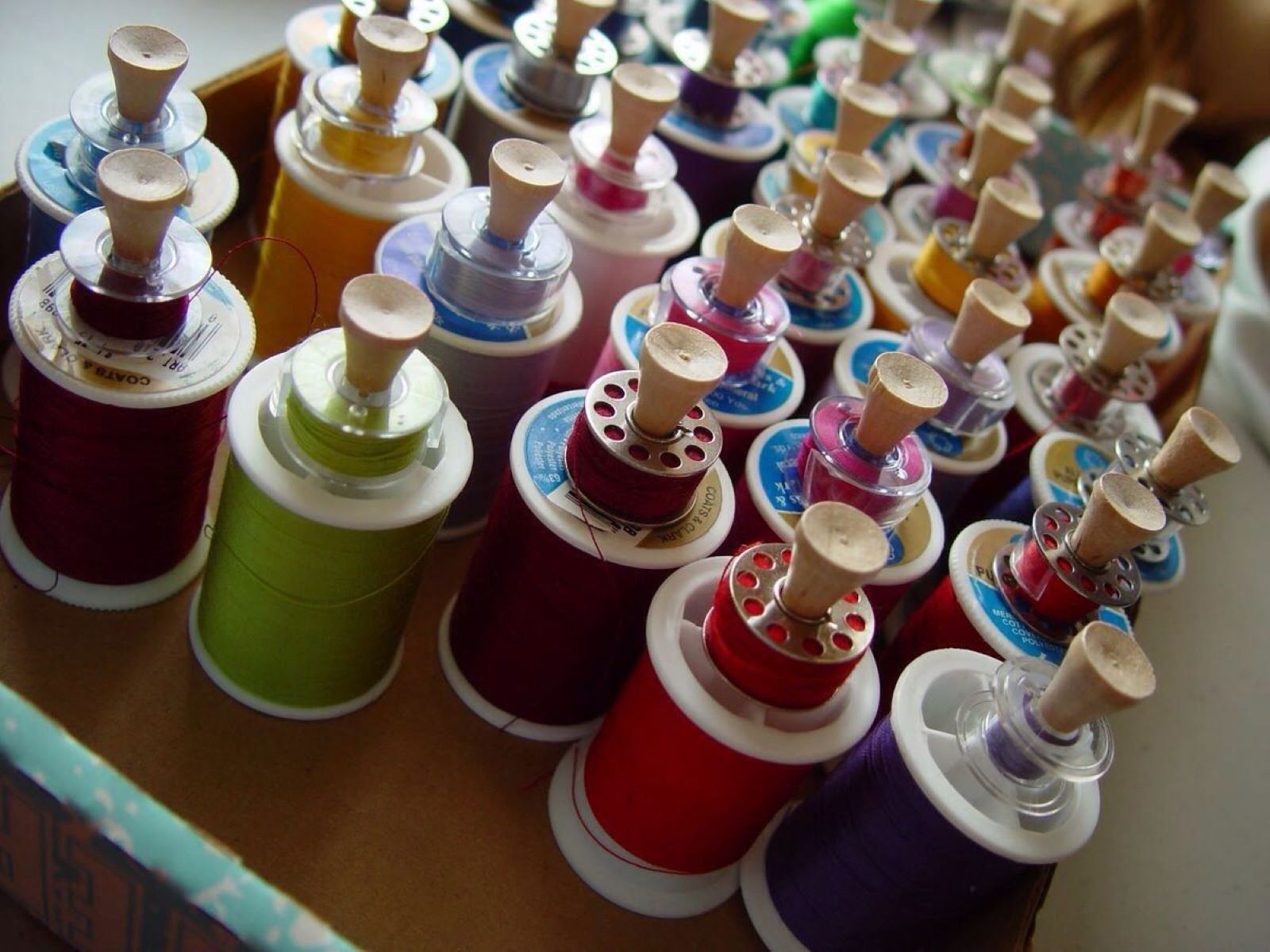

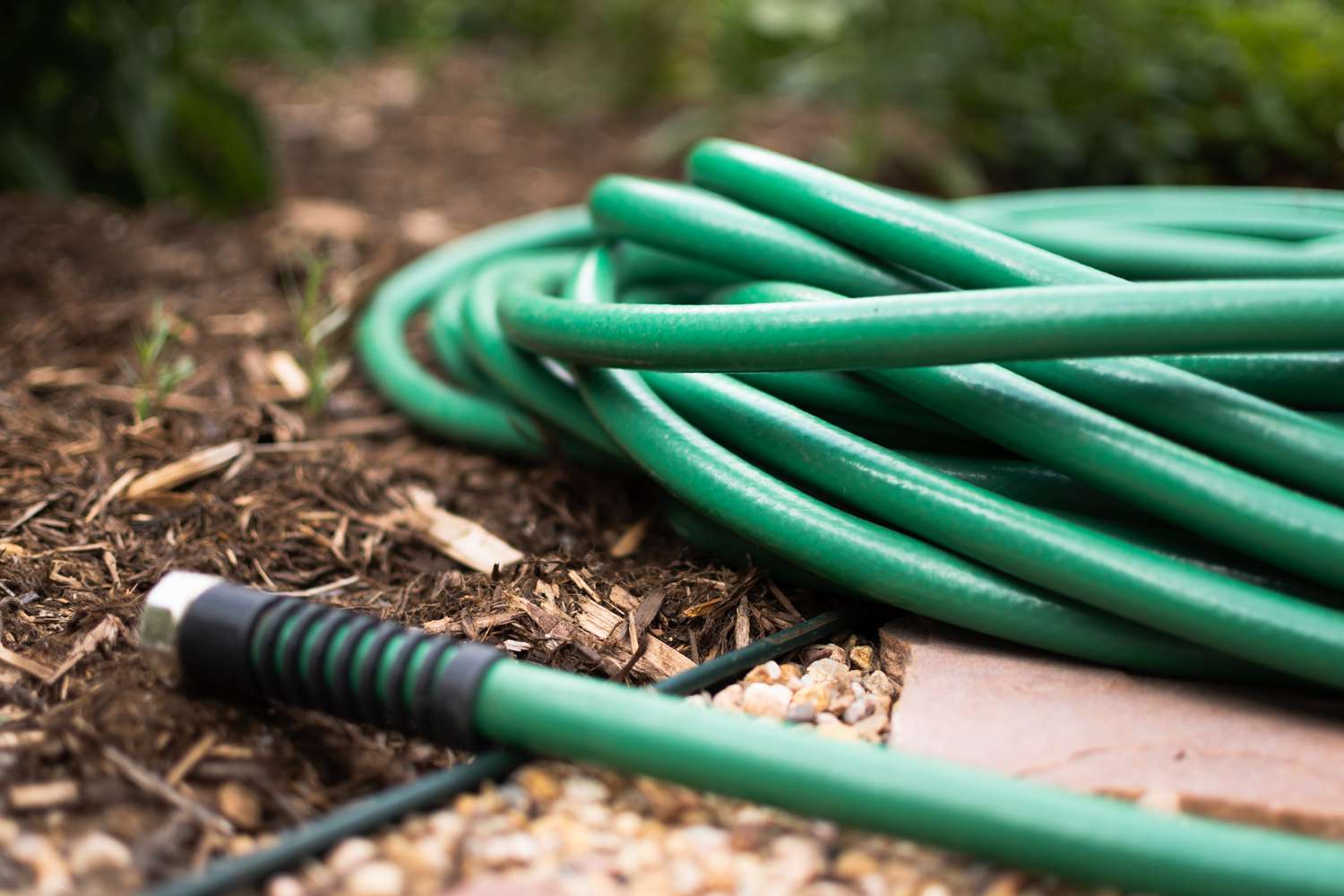
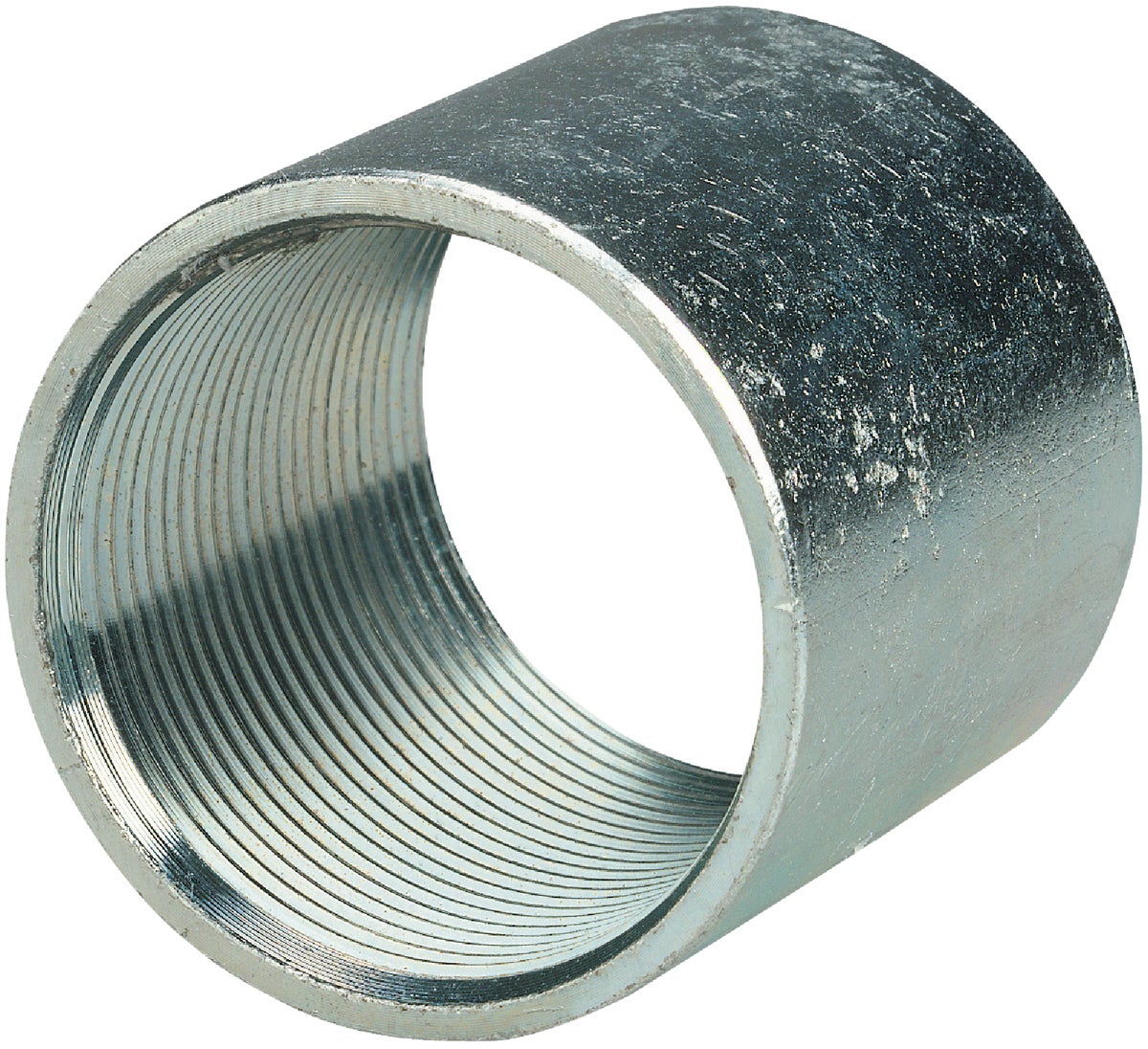

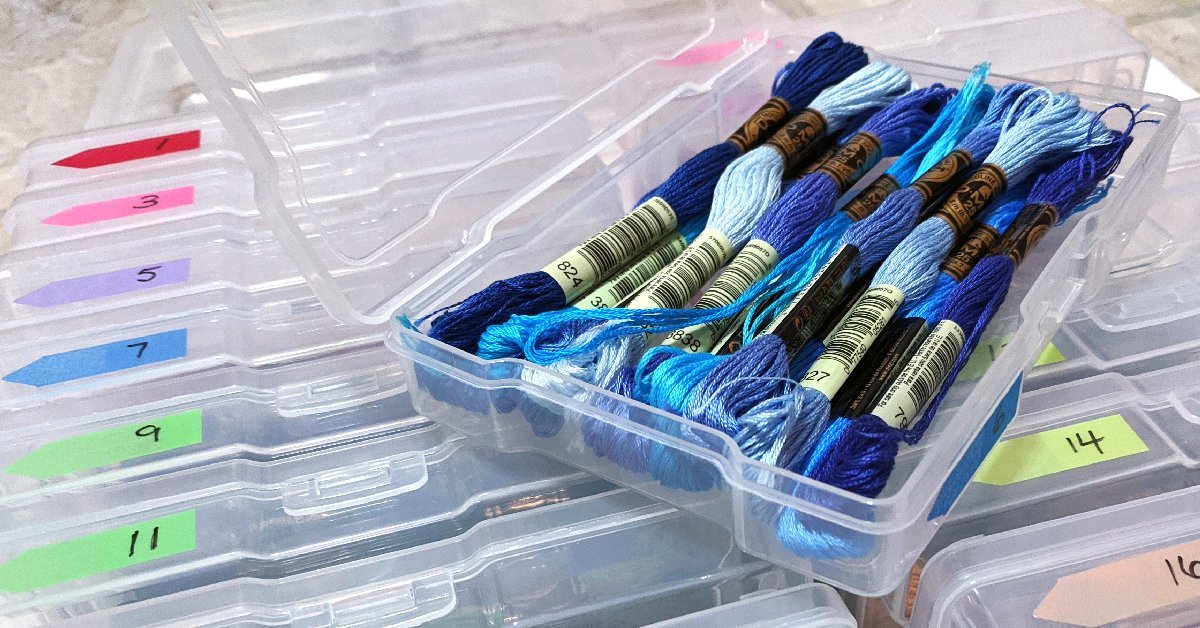
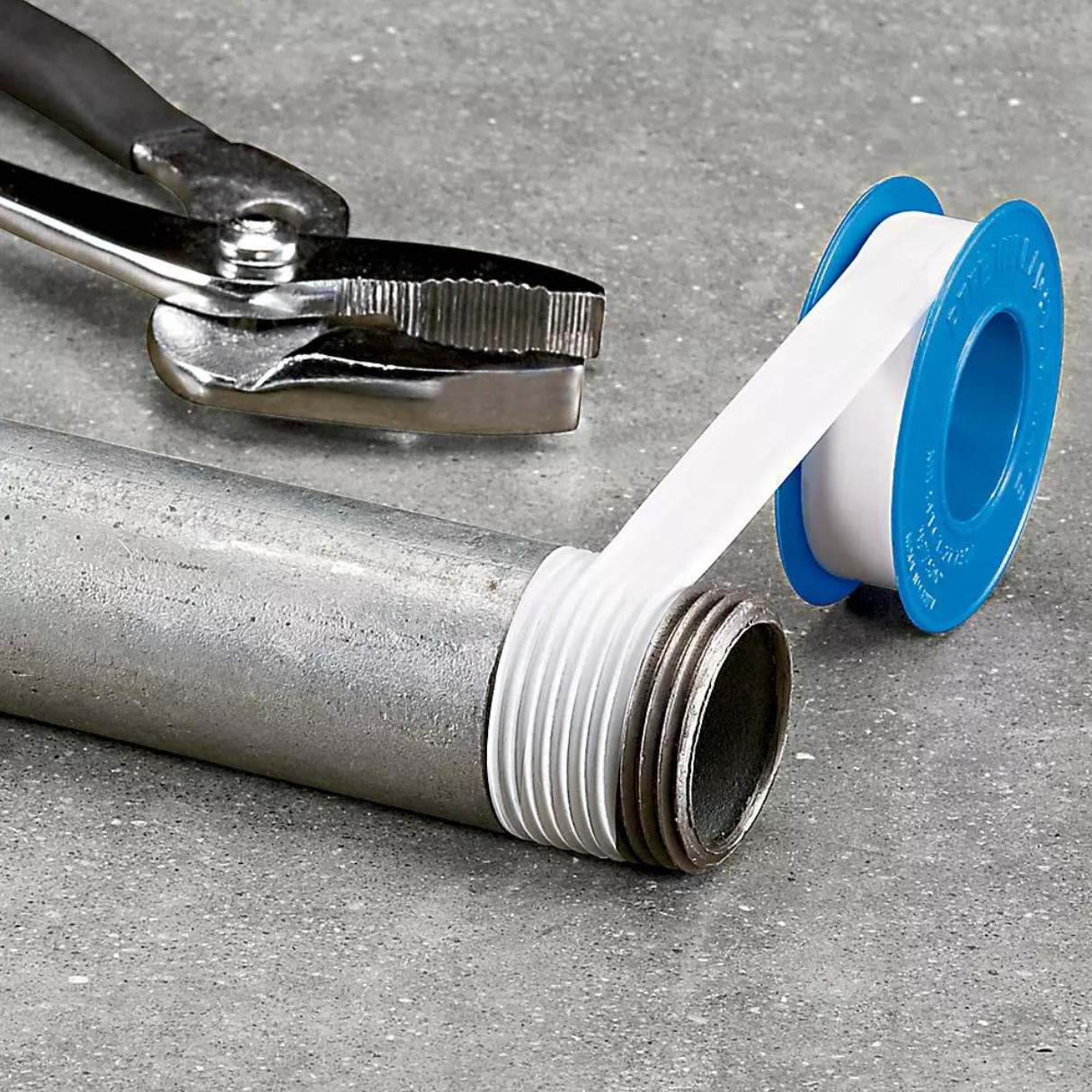
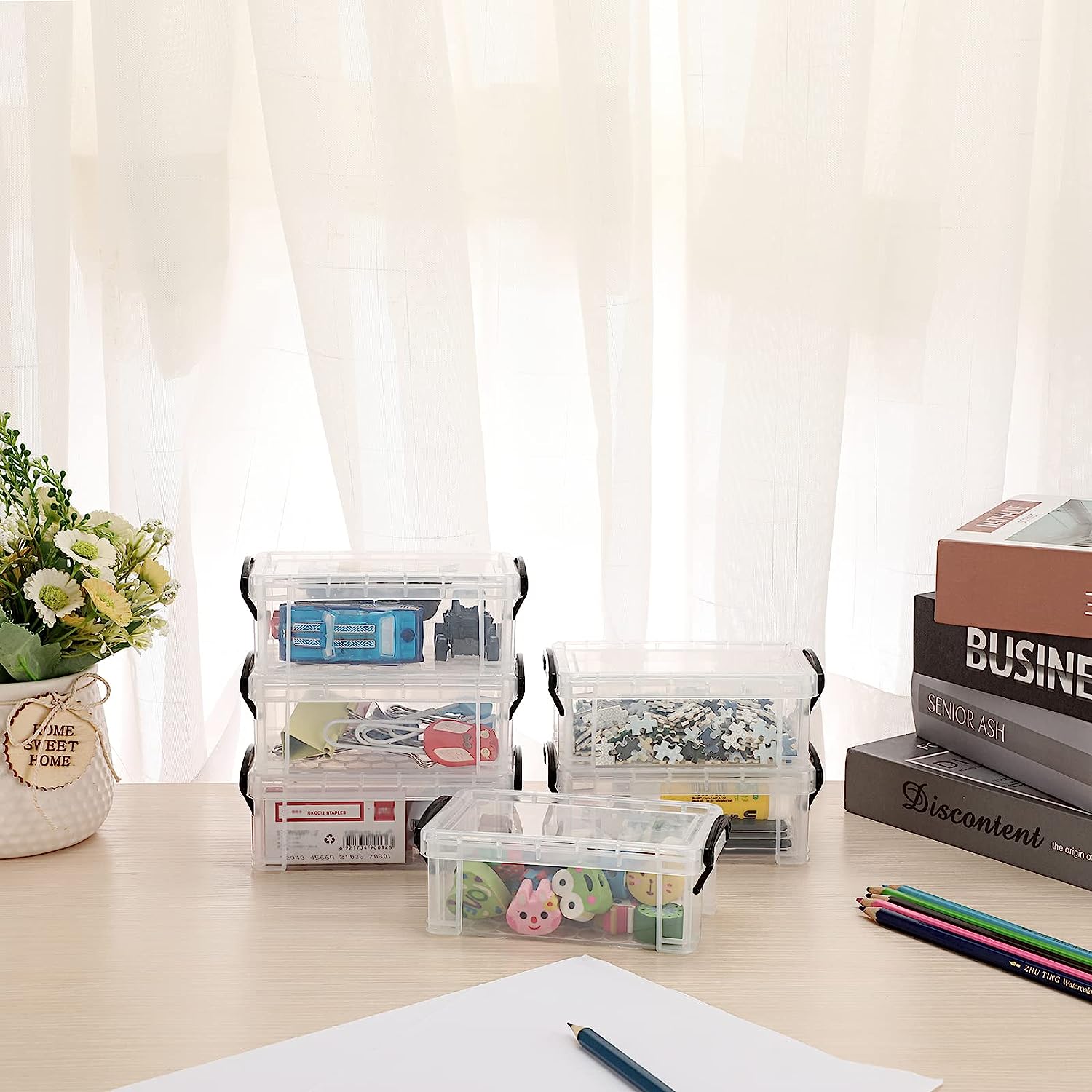

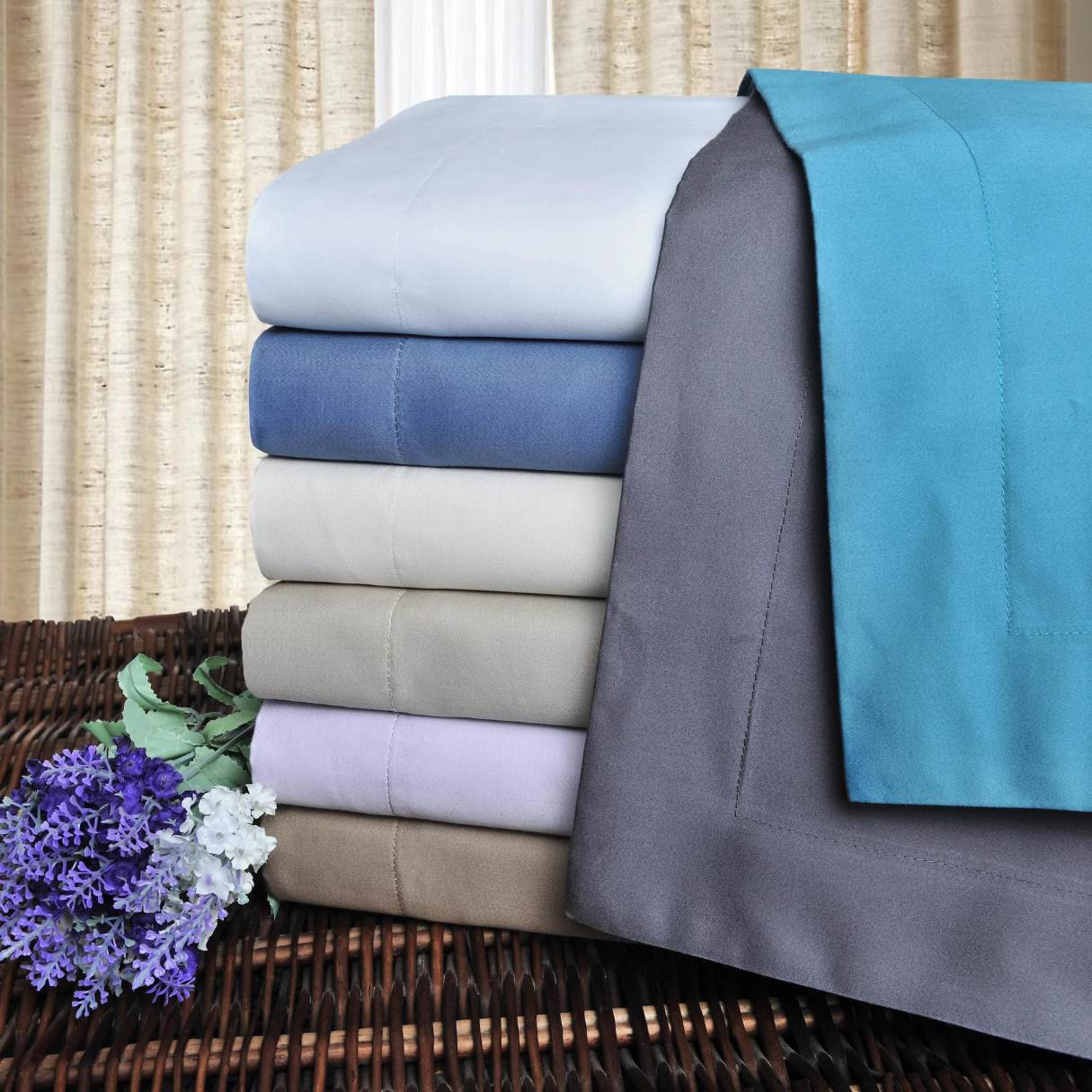
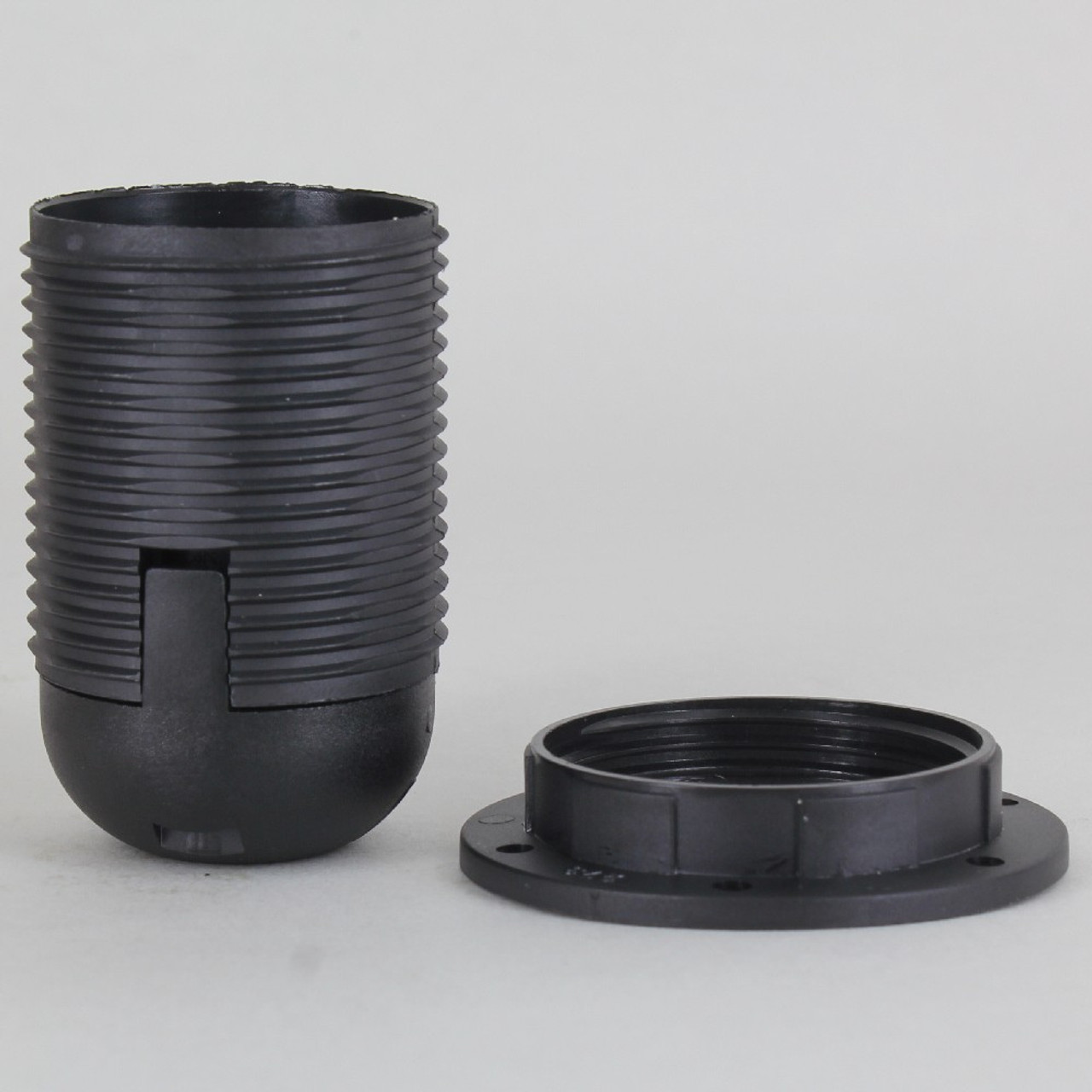
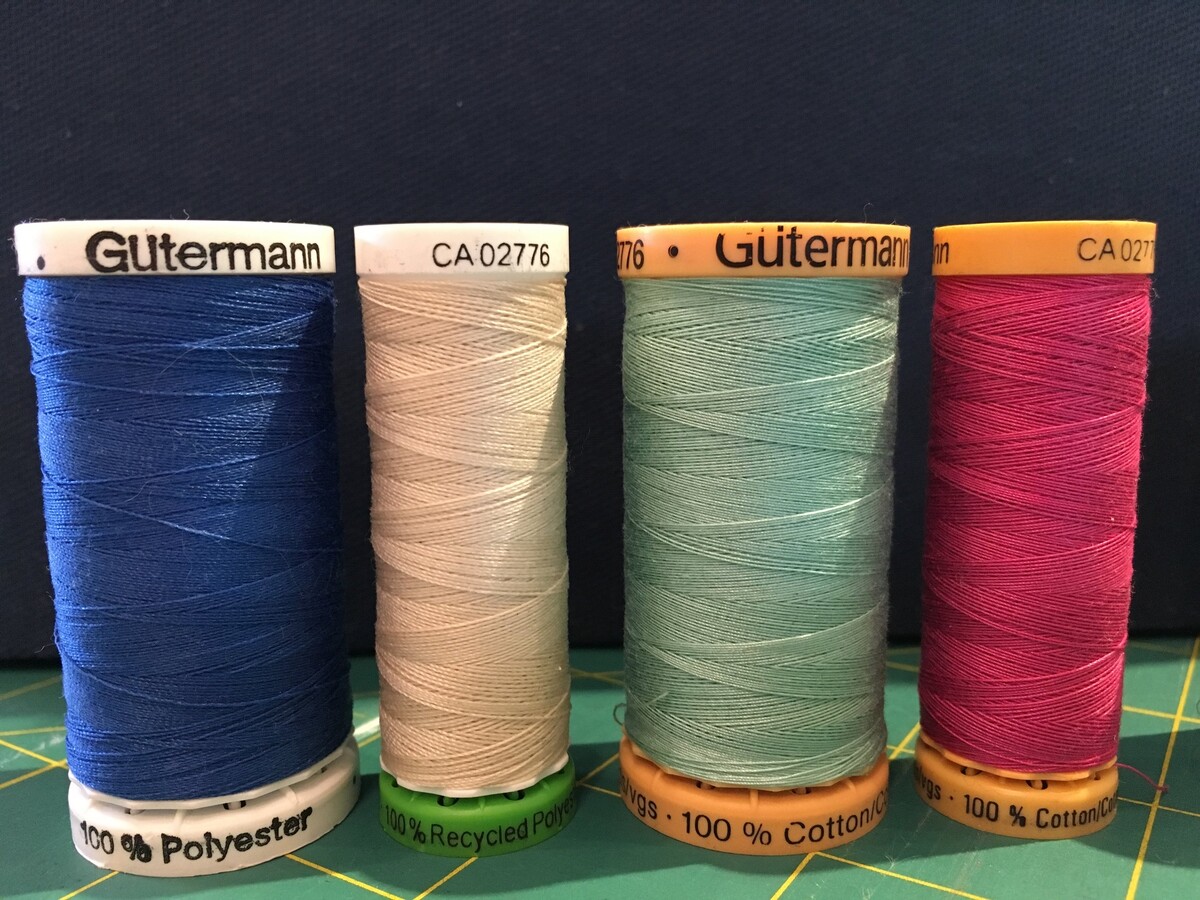
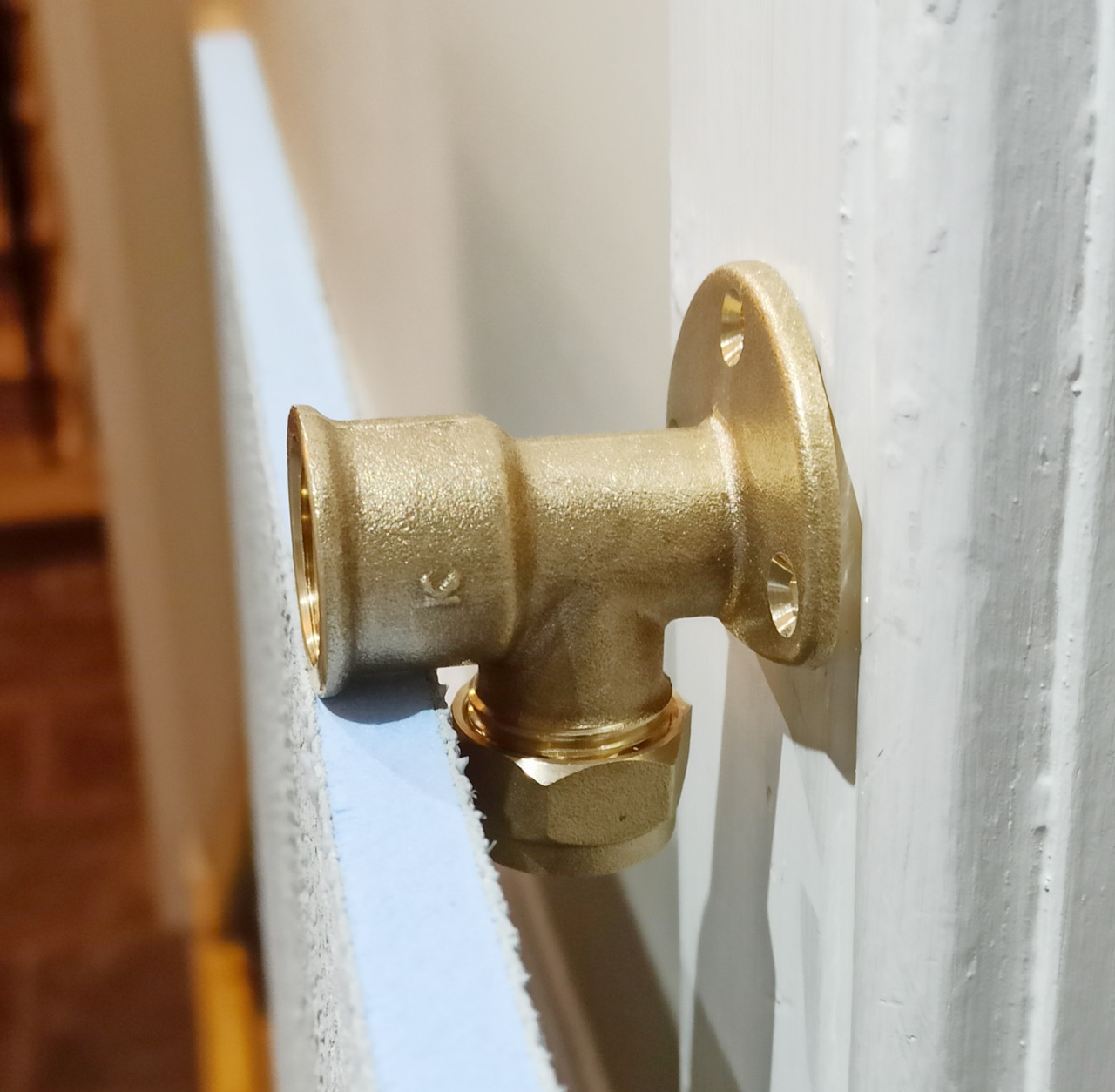


0 thoughts on “How To Store Thread”